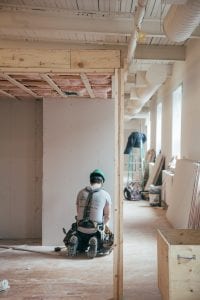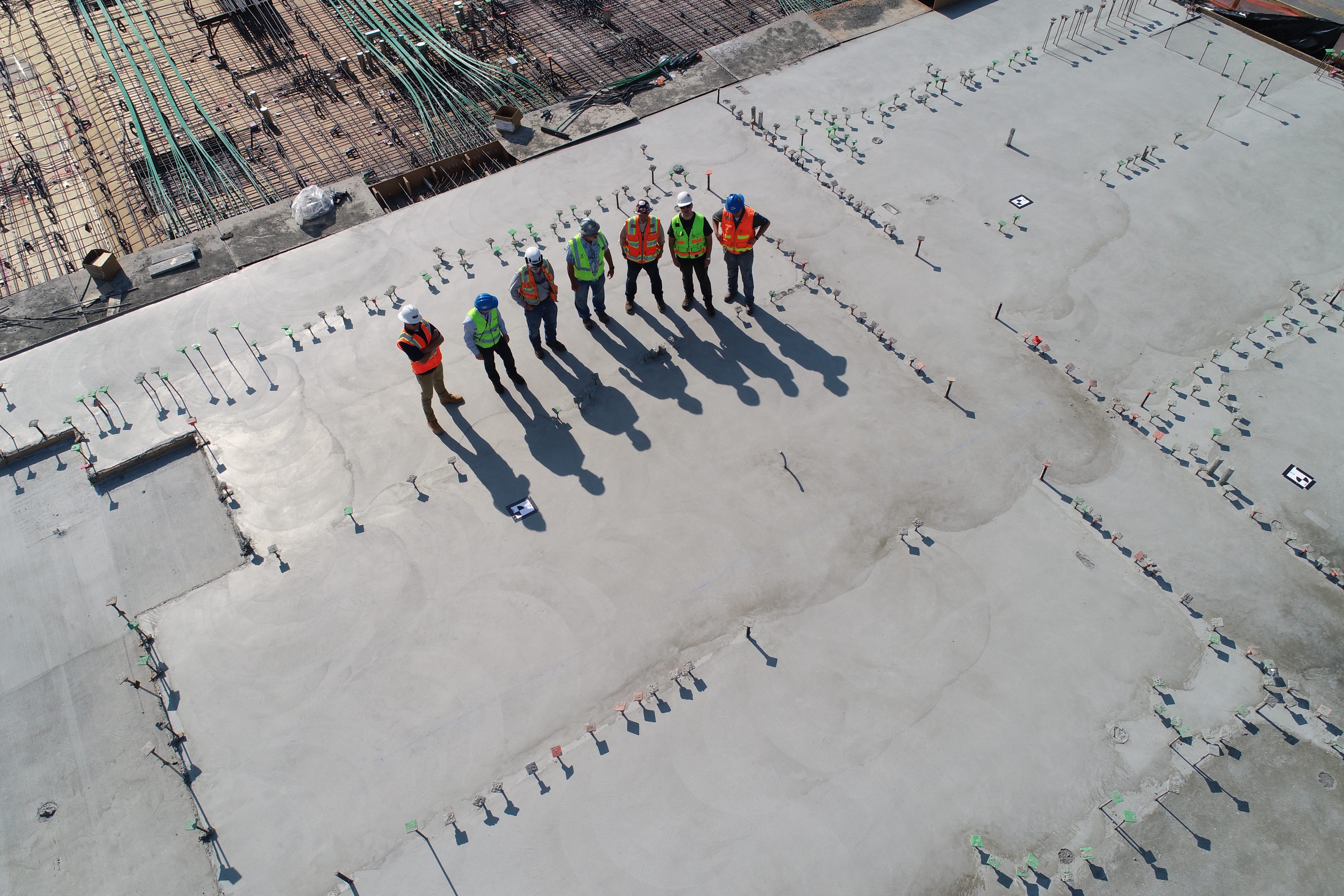Construction sites can be dangerous. When injuries occur, liability is not always easy to determine.
Construction sites are full of potential hazards that can result in an adverse outcome for the people working on the project. Fortunately, there are countless safety rules and guidelines established by law to help protect workers. But accidents happen no matter how strongly the safety rules are enforced and it’s not always the fault of the worker. Safety equipment can fail, machines can malfunction, and common hazards aren’t always cleared or cleaned in a timely fashion. When an accident does happen, the worker has to figure out who they have to sue, preferably with the help of a construction accident lawyer.
Site Owner or Responsible Party for Site Safety
The site owner has to keep the location free and clear of hazards on a daily basis to ensure the safety of the people working on the site. In the event the site owner has given control of the site to a third party, that party is responsible for maintaining safety protocols. That means that the site owner or third party holds liability for unsafe conditions that result in an accident. They can be held responsible for the incident under a type of law known as premises liability.
General and Prime Contractors Working on the Project
Just about every construction site has contractors performing specific tasks and with their own crew. These contractors and crews intermingle with one another as they take care of their duties. Everyone, regardless of who they work for, has to comply with OSHA regulations in order to maintain safety standards on the site. Contractors, both general and prime, are required to educate their staff about the hazards of the job, what dangers they face on a daily basis, and making sure safety is observed for all.

In the event someone is injured on the job because a contractor failed to educate their workers, or a worker failed to observe or ignored safety training and standards, the contractor may be held liable. There are exceptions in cases where the job has:
- Inherent danger
- The work can’t be given to another party
- The offender is a subcontractor and the general contractor has minimal control
Construction Equipment Manufacturers
A construction equipment manufacturer can be held liable for injuries when their equipment malfunctions while being used in a correct and safe manner. The operator and those working around the equipment have an expectation that the equipment or machine is going to function in a certain way. For example, a backhoe is used for digging and pulling heavy loads of dirt and objects. The operator moves the machine around and uses it according to manufacturer specifications. Everyone else stays out of reach of the machine while it’s in operation. Something in the machine breaks and a part goes flying only to injure a worker who’s standing a safe distance away from the backhoe.
In this scenario, the manufacturer may be at fault because the backhoe was being used properly and all safety protocols were being observed. Yet the machine broke because the manufacturer sold a defective product. If an investigation shows the manufacturer knowingly sold a defective piece of machinery, the injured worker can sue the manufacturer for their injuries.
Machine and Equipment Operators
Equipment operators are trained to use their machinery in a safe and proper manner at all times. Operators who willfully operate construction equipment in a neglectful fashion can be held liable for injuries that are the result of their actions. And they can also be held liable if they’re using the equipment to perform functions that the machinery or equipment wasn’t originally designed to do. The injured party may also have the option to sue the contractor who hired the operator as the contractor may have failed in their duties to put a responsible person behind the equipment controls.
Engineers and Designers
Engineers and designers or architects have a responsibility to design projects that fall within building codes and safety regulations. They also can’t make unreasonable designs that put those who construct their projects at risk. If an engineer or architect neglects safety regulations and building codes, they could be held liable if someone is injured while following their drawings.
Designers have also been found to be liable for not upholding safety standards on job sites. A lawsuit, Balagna v Shawnee County, Kansas et al, involved the failure of an inspector of an engineering firm to warn a foreman and worker of unsafe conditions in a trench. The trench collapsed, killing the worker. In court, the inspector testified that it was not his job to warn anyone of unsafe conditions under the excuse of he “does not tell the contractor how to do his work.” The court found the inspector and the engineering firm liable for the death of the worker.
A Combination of Parties
Multiple parties are involved in a construction project and some or all of them could be held liable for workers injuries. For example, the subcontractors of a prime contractor have left a pile of construction trash near a commonly traveled pathway. A worker passing by is unaware that the hazard exists and is expecting a clear walkway, but trips and falls because of the unexpected hazard. The prime contractor, subcontractors, and site owner potentially could be sued because all failed to maintain a clear pathway by deliberately leaving debris for someone to trip and fall over. All of these people had a duty to maintain safety on the site and failed.
Determining who to sue after being injured on a construction site isn’t always straightforward. Sometimes an investigation is required to place responsibility for the injuries on specific parties. Once the parties responsible for the negligence have been identified, the worker can move forward with a lawsuit.


Join the conversation!